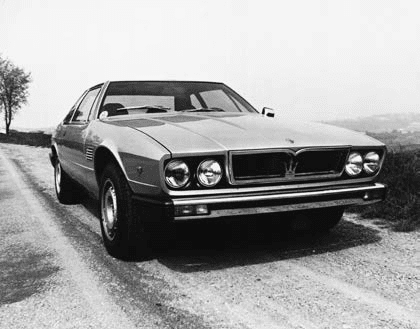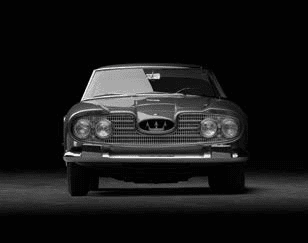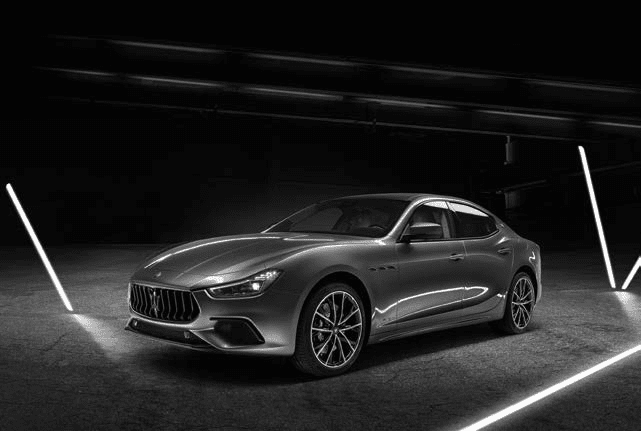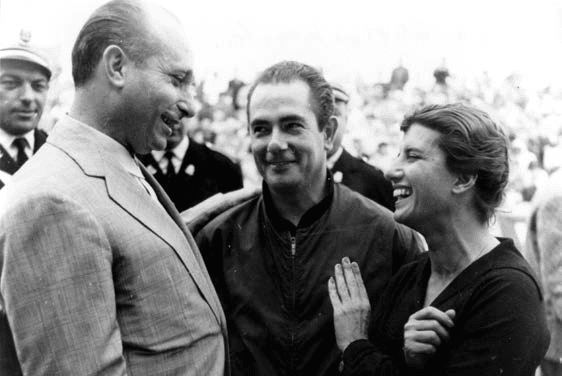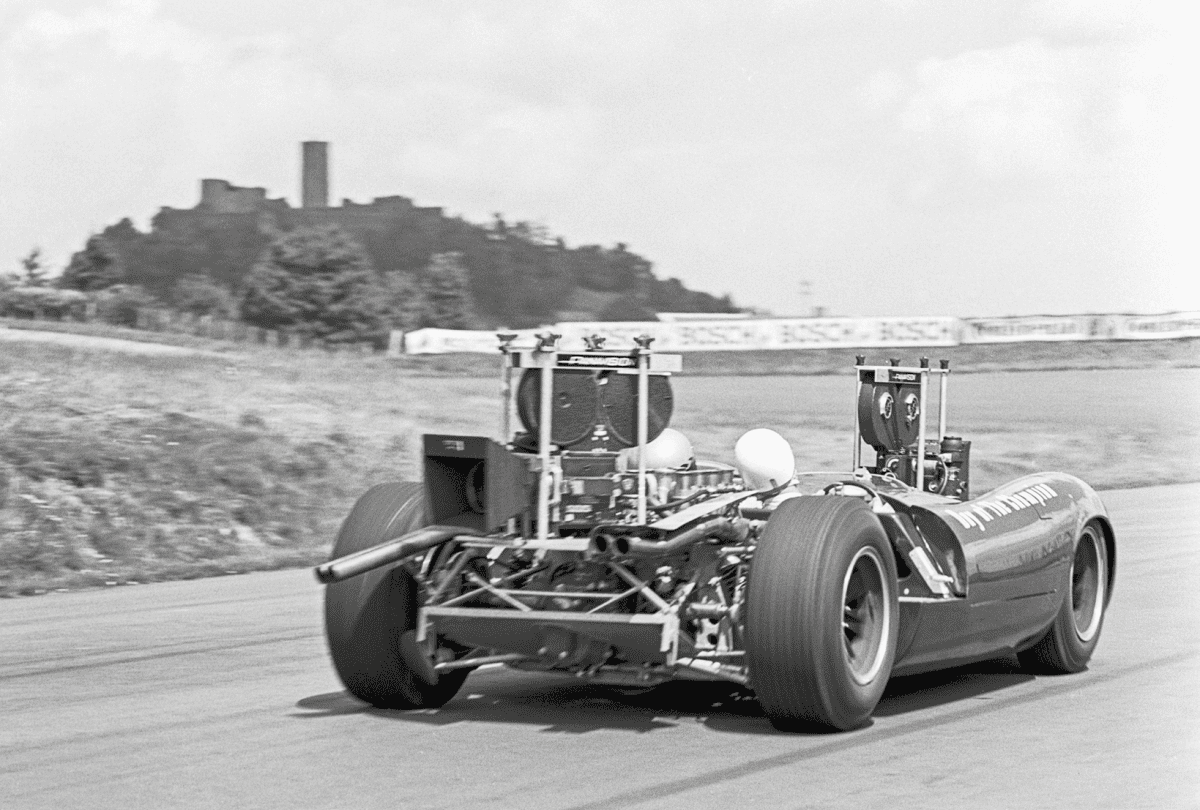Born in the heart of the ‘golden triangle’ of Italian sports cars, Maserati has always combined technological genius with financial setbacks. A survivor’s story.




This story begins at the end of the 19th century, in Voghera, province of Pavia. The family of Rodolfo Maserati, che-minot, had six sons: Carlo, Bindo, Alfieri, Mario, Ettore and Ernesto. Fascinated by cars from an early age, the elder Carlo logically went to work for Fiat, then moved on to Isotta-Fraschini, Bianchi, Junior… Carlo died in 1910, but the mechanical virus had already infected the siblings: Al-fieri became a successful mechanic and pi-lote at Isotta-Fraschini, where Bindo and Ettore soon joined him.
The beginnings
First dip
A new start
Under the leadership of the new owners, Maserati enjoyed renewed success. Notably in the USA, where an 8 CTF won the Indianapolis 500 miles in 1939 and 1940! USA, Europe, South America: Trident has it all. Legendary drivers are behind the wheel: Villoresi, Farina, Ascari, Fangio… In the wake of this, the first real ‘road-going’ Maserati was marketed in 1946: the A6, a saloon car bearing the Pininfarina signature and powered by a 1.5 litre 6-cylinder engine.
Further decline
On the sporting front, however, things are getting more complicated. It is now Alfa Romeo that reigns supreme over the F1 championship created in 1950. The Orsis hired the engineer who had designed the Alfa 158 and built them the A6GCM, then the A6G- CS, which returned to success. This success is once again reflected on the road with the famous A6G 54. Maserati fought at the front, Fangio returned and the years were spent battling hard on the circuits. In 1957, the Trident raced in two championships: Sport and Formula 1. Fangio drives the 290 HP 250 F and wins the world title. But at the end of the season, it is the blow of theatre: Maserati withdraws from the competition and is placed under judicial control!
The sublime 3500 GT will narrowly save the brand. Produced in 2000 units, it was a great success in the USA and marked the reorientation of Maserati from racing to road use. In 1959 the 5000 GT was released, with its 5.0 litre V8 engine producing 350 hp. Originally designed for the Shah of Iran, it was exhibited at the Milan Motor Show.
Dolce Vita
In 1963, Maserati took the lead with the birth of the Quattro Porte which, as its name suggests, was the first four-door sports car (V8, 260 HP). Returning to its roots, the brand is attempting a return to the racetrack. The Tipo 60 and Tipo 61 – with their tubular chassis that earned them the nickname “birdcage” – won a few races. But the Tipo 151 failed to win the 24 Hours of Le Mans. We have definitely moved from the race to the dolce vita. Sebring, Mistral, Mexico, Ghibli, Dayton, and other Indy cars forged the legend of Italian sporting chic. In 1971, the Bora, with a central engine exhibited in Geneva, and the Merak, then the Khamsin with a 5-litre V8 engine in 1973, enabled the Italian designers to turn heads.
New crash, new rescue
But, once again, Maserati was cut down in the middle of a boom. In 1968, the Orsis sold Maserati to the… Citroën. The legendary Citroën SM, designed by Alfieri, with a 2.7 litre V6 engine, was born from this union. But Italian mechanical engineering is not soluble in the French taste for hydraulics. It was a failure and in 1975 Citroën put Maserati into liquidation. The Italian authorities and Alessandro De Tomaso, a wealthy Argentinian industrialist who already owned the Guzzi and Benelli motorbike brands and was a former Maserati driver, came to the rescue of the Italian jewel. Thus, in 1976, Kyalami was born. In the 1980s, the less expensive but efficient “Biturbo” cars were introduced. With its 2-litre 6-cylinder engine and twin compressors, the Biturbo even became the Italian presidential car.
In 1983, Chrysler teamed up with Maserati to develop the Chrysler TC (Touring Convertible). Chrysler boss Lee Iacocca invested $35 million in the venture. In 1987, Chrysler left the ship and so did De Tomaso. It was Fiat that bought the Trident and tried to bring together the two historical rivals, Maserati and Ferrari. With no real success until, in 1997, she finally…. merge the two. Maserati lost its soul, remaining synonymous with sporty luxury, “GT all’italiana”, without ever finding real commercial success. So much so that Sergio Marchionne has several times let the rumour of a resale circulate.
The future
Today, the brand consists of the Quattroporte, flanked by the GranTurismo and GranCabrio on the powerful, elegant GT side. They were joined by the Levante, the SUV version of the brand’s chic and sporty values, as well as the Ghibli, whose role as a “call” car is to attract new customers to the brand through its price. The future? After several years of dearth, the sky seems to
has finally become clearer and the FCA Group has new ambitions for the Trident. And they are working hard to expand the offer: in addition to the launch of ‘Royal’ versions of its Quattroporte, Levante and Ghibli, Maserati has announced that it has begun testing its first 100% electric powertrain in the brand new Inno- vation Lab in Modena. And since a Maserati would not be a Maserati without the magnificent concerto of its mechanics, acousticians are working on a specific sound that will allow future electric Maserati drivers to enjoy the comfort and performance of the Trident with a unique sound
and inimitable. The new Gran Turismo and GranCabrio, manufactured in Turin, will be the first to adopt electric drive.
Today Maserati enters a new era with the MC20, a new supercar that combines sporty character and unique style. There is also the Ghibli Hybrid, the Trident brand’s new hybrid, and the Trofeo collection, which equips the Ghi- bli, Levante and Quattroporte with a 3.8-litre V8 Twin Turbo engine that develops 580 horsepower.
LOVED BY SWISS PILOTS
Swiss drivers also made a name for themselves at the wheel of the Ma- serati. In the 1950s, Emmanuel “Toulo” de Graffenried took part in several Grand Prix races at the wheel of a 4CLT tipo 48 of the Platé stable in 1950, a 4CLT which he returned to in 1952 after a spell with Alfa Romeo. In 1953, he founded the Baron de Graffenried stable and entered a Maserati A6GCM. He played understudy to Kirk Douglas in the 1955 film ‘The Infernal Circle’ and ended his career in 1956 driving a Maserati 250F for Scuderia Centro Sud.ud.
Benoît Musy also raced, privately, with an A6GCS/53 in 1954, a 300S in 1955 and a 200S with which, unfortunately, he was killed in 1956 at Montlhéry.
More recently, former Swiss Formula 3 champion An- thony Sinopoli managed to hoist a magnificent, perfectly restored 1936 6CM/4CM onto the podium of the historic 2018 Monaco GP, after an anthological battle. And without any technical problems…








